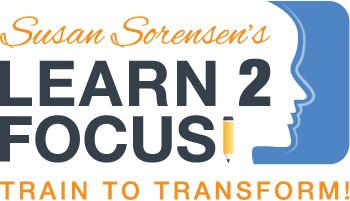Dyslexia, ADHD, Delayed Processing? Maybe It's the ATNR
/Onto the next primitive reflex!
As I’ve been sharing, primitive reflexes, or infantile reflexes, begin developing from the time the child is in the uterus. They are repetitive, involuntary or automatic movements in response to stimuli that are essential for the baby’s healthy development. As the baby grows, ideally these primitive reflexes will no longer be active and disappear as they become unnecessary. However, if primitive reflexes are still present at a certain age, it can be a sign of damage to the central nervous system.
The Asymmetrical Tonic Neck Reflex (ATNR) is one such primitive reflex. It starts in the uterus at about 18 weeks after conception, and remains with the newborn for around 6 months. You (or doctors) can tell if the reflex is working if the arm and leg on one side extends when the head is turned to the left or right while the baby is on its back. If the head turns to the right, the right arm and leg will automatically extend. At the same time, the left arm and leg will both flex. It’s actually called the fencing reflex because the baby looks like he or she is fencing!
So why do we need the ATNR? It helps develop hand-eye coordination, muscle tone and the vestibular system in the womb before birth, and also helps with the birthing process by inhibiting the limb movement.
A retained ATNR though, can prevent a baby from making certain movement patterns and limb movements. If ATNR is too strongly retained, it could even cause physical problems in the child’s bone development. In addition, a retained ATNR could impact and delay the child’s social and emotional progress, affecting his or her ability to function well at school and can be associated with dyslexia and ADHD. Reflex Movement Training (RMT) can help the child overcome these issues. Most students who come to us for Interactive Metronome are also placed on a home RMT program. The combination of these two movement and rhythm programs are very powerful at addressing the root causes of attention, processing, and challenges associated with dyslexia or coordination disorders.

